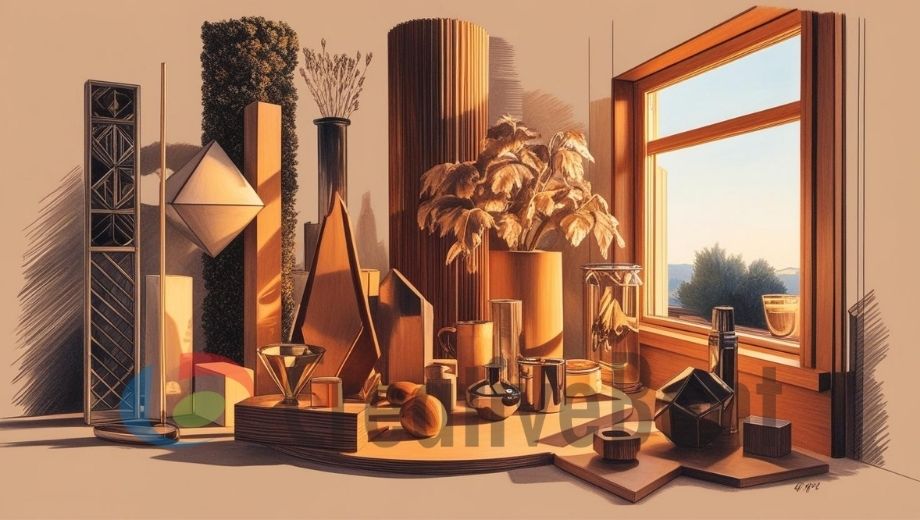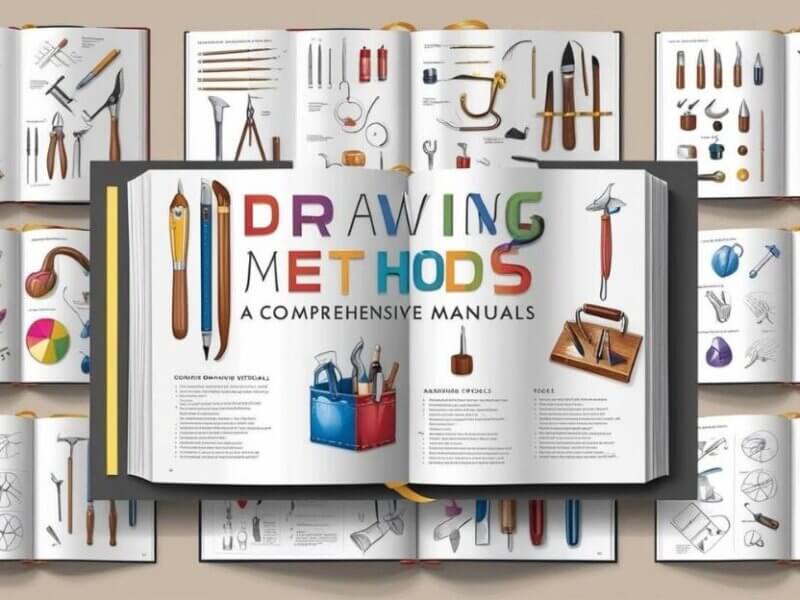
Perspective is a fundamental aspect of painting that allows painters to express depth and realism in their works. Whether depicting a vast countryside or a bustling town, grasping perspective concepts may transform a flat surface into a three-dimensional environment teeming with life and movement. In this one-of-a-kind essay, we dig into the art of perspective, revealing the techniques and secrets that painters employ to produce extremely realistic paintings that captivate the imagination and inspire wonder.
Understanding the Principles of Perspective
Perspective is the process of expressing three-dimensional objects and places on a two-dimensional surface. Perspective principles use the notion of spatial connections, such as size, scale, and distance, to create a sense of depth and volume. Understanding the fundamentals of perspective enables artists to successfully communicate depth and dimensions in their drawings, resulting in compositions that look alive and immersive.
Single-Point Perspective
Painters use one-point perspective, a basic yet effective technique for creating the appearance of depth and distance in their paintings. In one-point perspective, all parallel lines intersect at a single vanishing point on the horizon line, creating the illusion of receding space. This style is sometimes used to depict settings with a clear focal point, such as streets, buildings, or railway tracks, and it can add depth and drama to a composition.
A Two-Point Perspective
To add depth and realism to their works, painters also utilise the crucial skill of two-point perspective. To depict the convergence of parallel lines along the horizontal and vertical axes, two vanishing points are utilised in two-point perspective photography. Artists frequently use this approach to show buildings, cityscapes, and architectural structures because it makes it possible to precisely capture the depth, breadth, and height of objects in space.
Perspective on the Atmosphere and Foreshortening
Artists use advanced techniques such as atmospheric perspective and foreshortening to create depth and realism in their images. While atmospheric perspective alters colour, value, and detail to simulate the effects of distance and atmosphere, foreshortening rearranges object proportions to create a sense of depth and perspective. By perfecting these techniques, artists can create realistic-looking drawings that also convey a sense of depth and mood, bringing viewers into the frame.
Practice and Experimentation
While grasping the fundamentals of perspective is important, mastery requires practice and experimentation. Artists need to try a variety of approaches, viewpoints, and compositions to hone their craft and discover their voice. Artists may fully use perspective to produce drawings that are both technically sound and emotionally engaging if they consistently push their creative limitations and challenge themselves.
With the use of the amazing technique of perspective, artists may produce incredibly realistic drawings that captivate viewers and spark their creativity. Through the mastery of sophisticated methods, experimentation, and comprehension of perspective principles, artists may uncover the mysteries of realistic drawing and produce compositions that enthral and inspire audiences for years to come. We are reminded of the transforming power of perspective painting as we continue to study it—its ability to arouse emotion, tell tales, and convey the beauty of the world around us.




